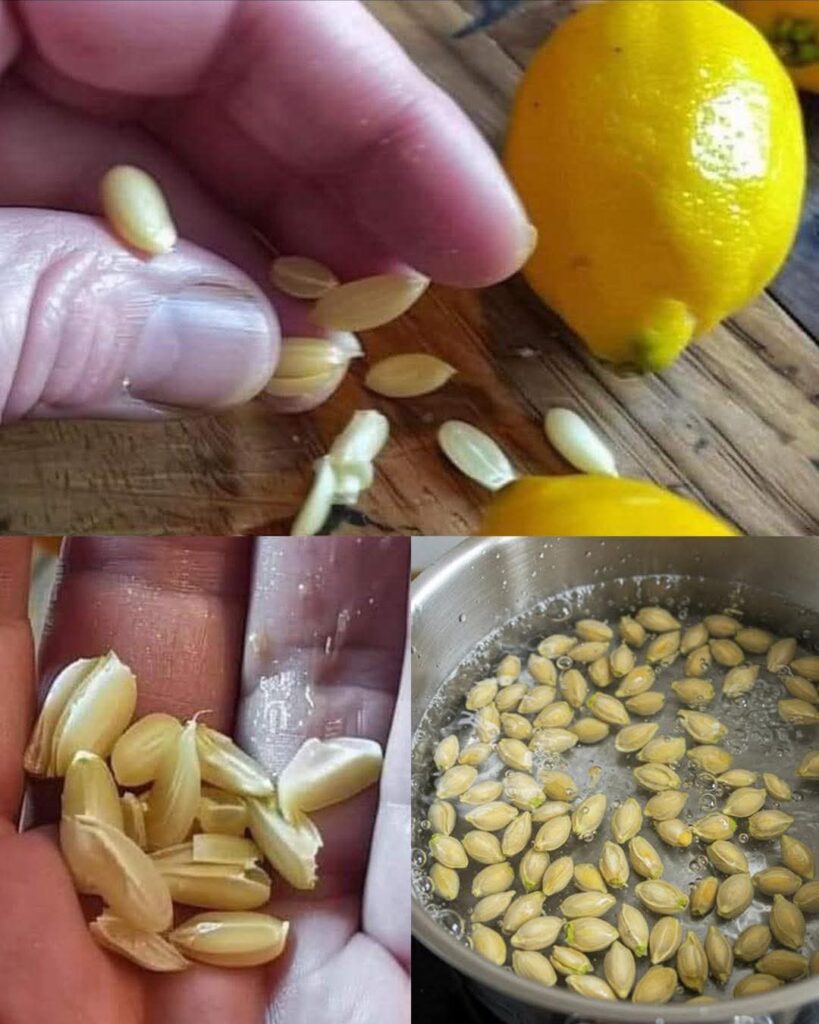This Vegetable Is As Good As Bird’s Nest With 4 Times The Calcium of Milk: It’s Widely Sold in Markets but Few People Know How to Eat It

You might have passed by this vegetable countless times in the market without knowing just how beneficial it is for your health. Known for its high nutritional value, this vegetable has been likened to a bird’s nest for its rich properties—especially its ability to provide calcium, four times the amount found in milk.
What is this Wonder Vegetable?
It’s called Moringa, often referred to as the “drumstick tree” because of its long, slender pods. Its leaves, seeds, and pods are not only edible but packed with nutrients. Moringa has become famous for its medicinal properties in various parts of the world, but it’s also a powerhouse of vitamins and minerals, especially calcium.
Why is Moringa So Good for You?
Moringa leaves contain a surprising amount of calcium, more than four times the amount found in a cup of milk. This makes it an excellent choice for people who are lactose intolerant, vegans, or anyone looking to boost their calcium intake naturally. Apart from calcium, Moringa is a rich source of antioxidants, vitamins A and C, potassium, and protein, which support overall health.
How to Eat Moringa?
While Moringa is available in powder, capsule, or extract form in health stores, you can also buy it fresh in the markets. The most common way to eat Moringa is by using its leaves and pods. Here are some simple ways to incorporate this nutritional powerhouse into your diet:
1. Moringa Soup or Stew
Moringa leaves can be added to soups and stews, just like spinach or kale. Add a handful of fresh leaves towards the end of cooking to retain their nutrients.
2. Smoothies
Blend Moringa powder with fruits like bananas, berries, and leafy greens for a nutrient-packed smoothie. This is one of the easiest ways to consume Moringa.
3. Stir-Fries
Moringa leaves can be sautéed and used as an addition to stir-fries. Cook them with other vegetables and serve with rice or quinoa.
4. Moringa Tea
If you have dried Moringa leaves, you can brew them to make a soothing tea. The tea is said to have detoxifying properties and is packed with antioxidants.
5. Moringa as a Salad
Fresh Moringa leaves can also be used in salads, giving them a crunchy texture and a fresh, slightly spicy flavor.
6. Moringa Oil
Moringa oil, derived from its seeds, is also popular for its benefits for the skin and hair. It can be used topically or added to your beauty regimen.
Health Benefits You Didn’t Know About
Moringa isn’t just about its high calcium content. It has several other benefits:
- Rich in antioxidants: It helps fight free radicals, reducing inflammation and oxidative stress.
- Improves digestion: The high fiber content aids in digestion and promotes gut health.
- Boosts immunity: Moringa is loaded with vitamin C, which is essential for boosting the immune system.
- Supports heart health: Its potassium content helps in regulating blood pressure and improving circulation.
FAQs
Q: Can Moringa be eaten raw?
Yes, Moringa leaves can be eaten raw, but they are often more nutritious when cooked lightly or added to meals.
Q: Can Moringa replace milk for calcium intake?
While Moringa is a great source of calcium, it is important to have a balanced diet that includes other calcium-rich foods as well.
Q: How do I store fresh Moringa?
If you buy fresh Moringa, store it in a refrigerator in a damp cloth, and it should stay fresh for a week.
Moringa is a nutrient-dense vegetable that’s available in many markets but often overlooked. Its benefits, particularly its impressive calcium content, make it a worthy addition to any diet. Whether you enjoy it in a smoothie, a stew, or just a simple salad, Moringa’s health benefits are sure to impress.






